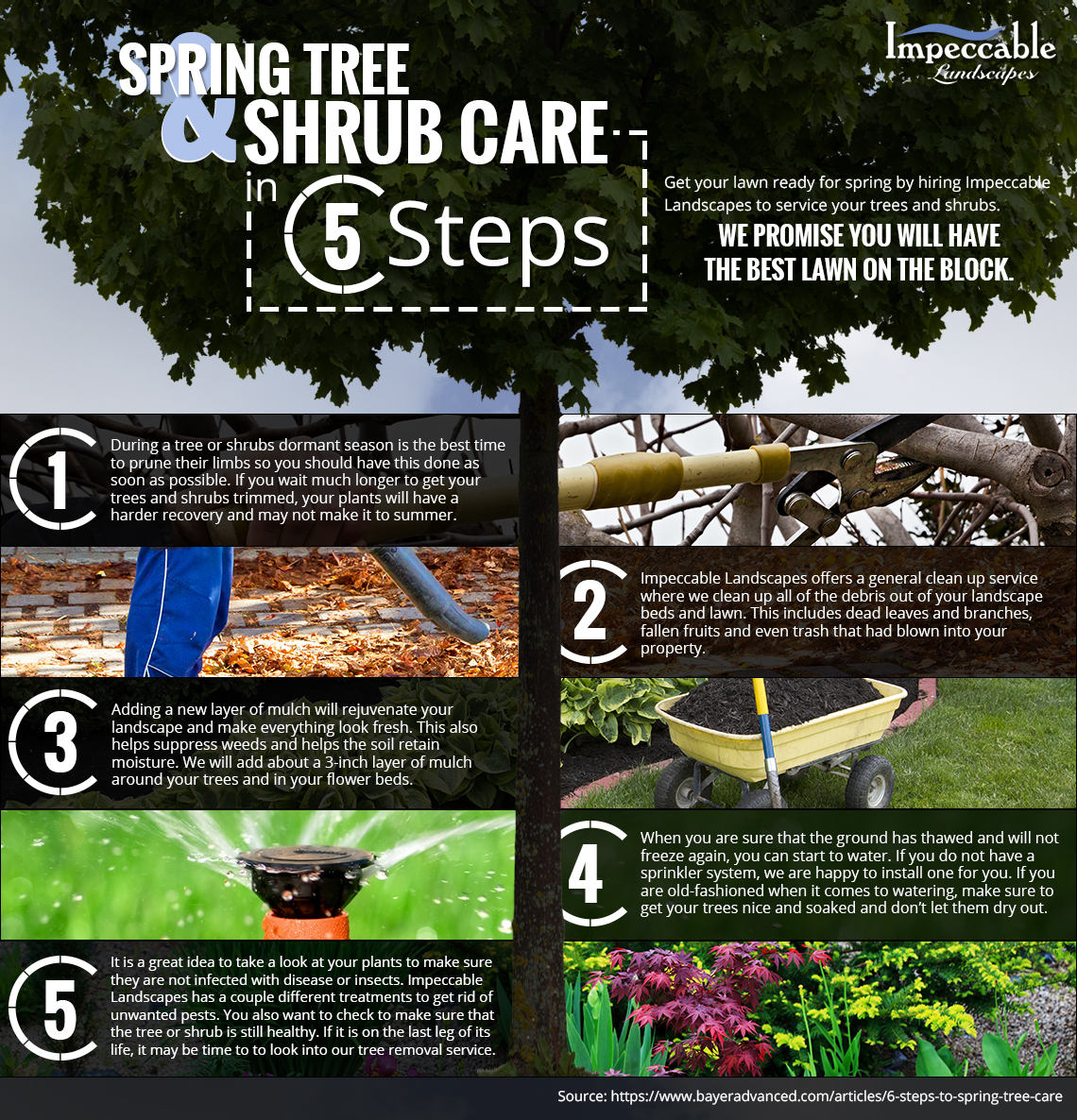Post-Tree Elimination Maintenance: Reliable Techniques For Landscape Reconstruction
Post-Tree Elimination Maintenance: Reliable Techniques For Landscape Reconstruction
Blog Article
Web Content Author-Langley Cho
After a tree's removal, your landscape may look rather various, and it's important to assess the consequences very carefully. You'll intend to evaluate the dirt disturbance and inspect surrounding plants for any kind of indications of stress and anxiety. Neglecting these aspects can result in bigger troubles down the line. So, what should you finish with those stumps and roots? And how do you choose the very best plants for your revitalized room? Allow's check out these crucial actions.
Examining the Aftermath: Evaluating Your Landscape
After a tree elimination, it's crucial to assess your landscape to understand the effect it has on your lawn.
Beginning by checking out the location where the tree stood. Try to find indications of soil disruption, and examine the bordering plants for any type of stress and anxiety or damage.
You must additionally remember of how the removal has actually transformed sunshine direct exposure and air flow in your garden. This shift can affect the development of close-by plants, so it's important to examine their wellness.
Think about the visual elements too; the removal may produce an open space that you can redesign.
Lastly, think of any possible disintegration problems that might emerge from the tree's lack. Attending to these variables early will help restore equilibrium to your landscape.
Dealing With Stumps and Roots: Choices for Elimination
When you've examined the after-effects of the tree elimination, you'll likely require to take on the stump and origins left.
You have a few alternatives for elimination. One effective method is stump grinding, where a professional makes use of a maker to grind the stump to underground degree. This approach leaves marginal interruption to your landscape.
If you choose a do it yourself method, you can use a combination of excavating and chemical stump eliminators. Just bear in mind, this procedure can take time and initiative.
Conversely, consider leaving visit the up coming website as an all-natural feature, which can serve as a distinct yard aspect or environment for wild animals.
Whatever you select, addressing the stump and origins is important for restoring your landscape.
Choosing the Right Plant Kingdoms for Your New Room
As you assess your recently removed space, picking the right plants can significantly improve your landscape's appeal and capability.
Begin by thinking about the sunlight and dirt problems. For bright areas, select drought-resistant plants like lavender or succulents. In shaded areas, brushes and hostas flourish well.
Consider the size and development behaviors of your plants; mix perennials and annuals for seasonal range. Don't forget to integrate native species; they need less upkeep and support local wildlife.
Group plants in odd numbers for a more all-natural appearance and produce layers for visual depth.
Ultimately, ensure just click the next website page have a mix of shades and structures to keep your landscape vibrant throughout the seasons.
Delighted planting!
Conclusion
Finally, recovering your landscape after tree elimination is a rewarding procedure. By assessing the after-effects, resolving stumps and roots, and choosing the right plants, you'll produce a flourishing atmosphere. Don't forget to include disintegration control procedures to safeguard your dirt. With a little effort and care, you can transform your room into a lively garden that boosts your home. Embrace the chance to rejuvenate your landscape and take pleasure in the appeal of nature right in your backyard!
